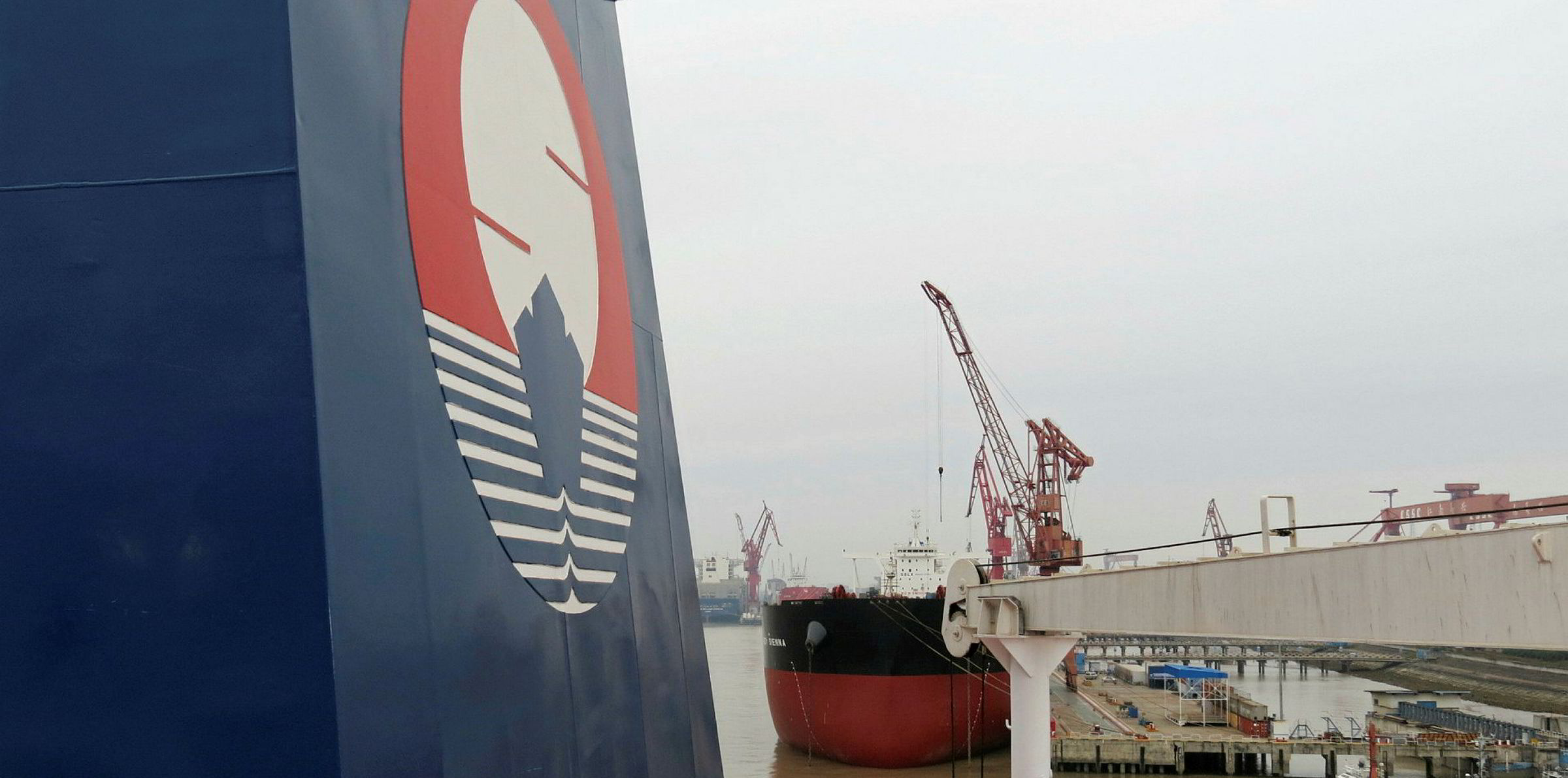China continues to diversify away from US LPG in the face of continued trade tensions between the two nations, said Drewry.
Instead, the country is said to be increasingly looking to the Middle East to meet its growing demand, which has forced other Asian nations to source LPG from other sources.
The consequences will be an increase in tonne miles as countries such as Japan, South Korea and India look to import LPG from the US and other sources.
“We expect that the increase in LPG trade between the Middle East and China along with the possibility of further OPEC production cuts and higher premiums on Middle Eastern LPG supplies will compel other Asian countries to increase their LPG imports from the US and Australia, which will improve the tonne-mile demand in the future,” said Drewry.
China’s LPG demand is projected to increase at a CAGR of 3.6% from 2019 to 2024 driven principally by the expansion in its domestic petchem sector.
The increase in LPG trade between the Middle East and China...will compel other Asian countries to increase imports from the US and Australia, which will improve tonne-mile demand
Drewry
“The country has eight PDH plants in operation that consume 5.5 mtpa of LPG which in addition to the three new PDH plants expected to come online in 2020 will increase China’s LPG demand by 2.8 mtpa,” Drewry said.
LPG imports in the country took a hit after the onset of the US-China trade war when China imposed retaliatory tariffs of 25% on US LPG
As a result, US-China LPG trade slumped from 1.6 million tonnes in 2018 to “negligible figures” this year, according to Drewry.
“To fill in the gap, China increased its LPG imports from other regions such as the Middle East, Africa, Canada, Malaysia and Australia. China has also been importing LPG cargoes from Iran despite the US sanctions on the latter,” it said.
“However, LPG trade between Iran and China will decline in the fourth quarter due to increased maritime surveillance, US sanctions on Chinese ships trading with Iran and maintenance at Iran's refineries.”
Drewry says China has also look as far afield as North Sea region, buying propane cargoes in September, in a move triggered by the price arbitrage between Asia and Europe.
“China is developing closer ties with Middle Eastern countries in order to secure long-term LPG supplies, enabling it to further diversify from US LPG,” Drewry said.
“China’s Wanhua Chemical recently announced the signing of a 10-year contract with Qatar Petroleum for the supply of 0.8 mtpa LPG starting in 2020.
“The company had also signed a 10-year FOC contract with UAE’s ADNOC to supply of 1.0 mtpa of LPG to China from 2019.”
Apart from the above supply deals, Drewry said China’s Wanhua Chemicals is reportedly in talks with Saudi Aramco, Kuwait Petroleum Corporation and ADNOC to increase its LPG liftings for 2020.
It adds that the increase in long-term supply contracts between China and the Middle East is also raising vessel demand with Wanhua Chemical looking to procure five to six VLGCs.
“We believe three VLGCs, recently ordered by Tianjian Southwest Maritime, will be on long-term charters with Wanhua Chemical for transporting LPG from the Middle East to China,” Drewry said.






